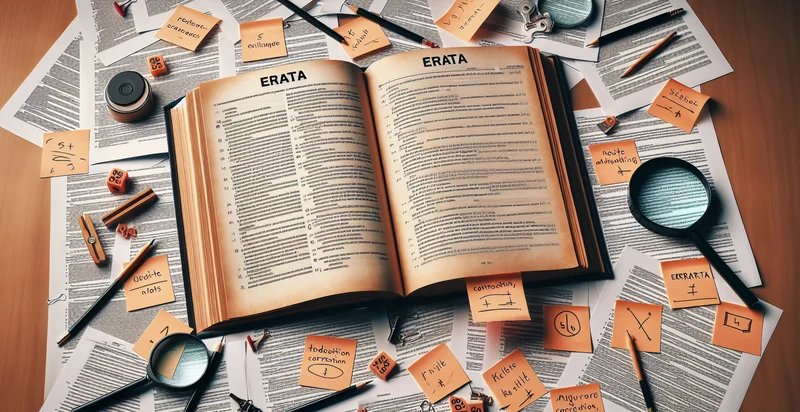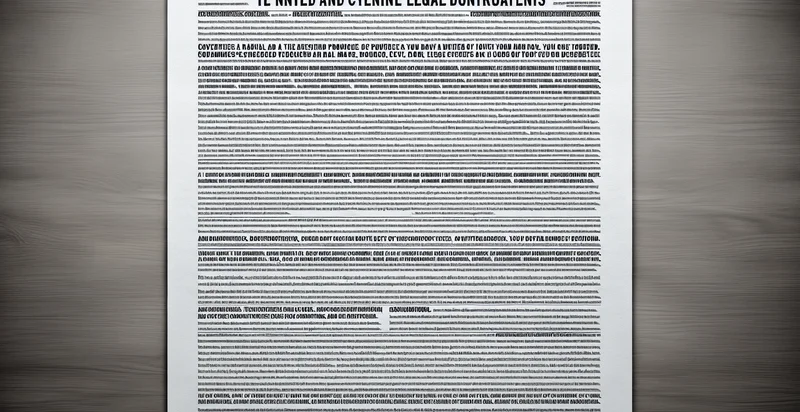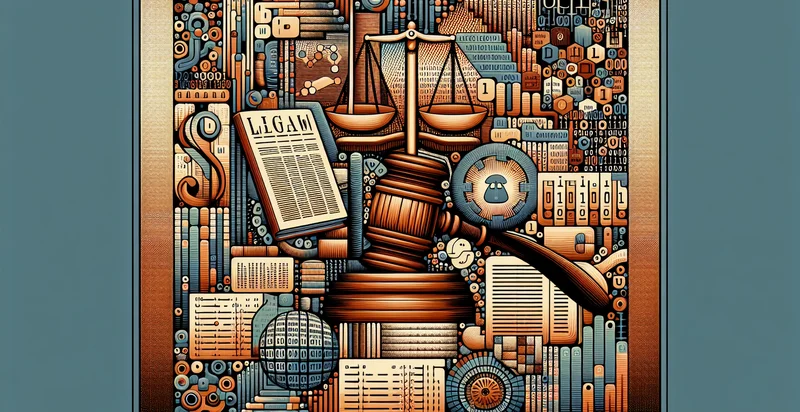Identify if rules need errata
using AI
Below is a free classifier to identify if rules need errata. Just input your text, and our AI will predict if rules need errata - in just seconds.

Contact us for API access
Or, use Nyckel to build highly-accurate custom classifiers in just minutes. No PhD required.
Get started
import nyckel
credentials = nyckel.Credentials("YOUR_CLIENT_ID", "YOUR_CLIENT_SECRET")
nyckel.invoke("if-rules-need-errata", "your_text_here", credentials)
fetch('https://www.nyckel.com/v1/functions/if-rules-need-errata/invoke', {
method: 'POST',
headers: {
'Authorization': 'Bearer ' + 'YOUR_BEARER_TOKEN',
'Content-Type': 'application/json',
},
body: JSON.stringify(
{"data": "your_text_here"}
)
})
.then(response => response.json())
.then(data => console.log(data));
curl -X POST \
-H "Content-Type: application/json" \
-H "Authorization: Bearer YOUR_BEARER_TOKEN" \
-d '{"data": "your_text_here"}' \
https://www.nyckel.com/v1/functions/if-rules-need-errata/invoke
How this classifier works
To start, input the text that you'd like analyzed. Our AI tool will then predict if rules need errata.
This pretrained text model uses a Nyckel-created dataset and has 2 labels, including Complete As Is and Needs Errata.
We'll also show a confidence score (the higher the number, the more confident the AI model is around if rules need errata).
Whether you're just curious or building if rules need errata detection into your application, we hope our classifier proves helpful.
Related Classifiers
Need to identify if rules need errata at scale?
Get API or Zapier access to this classifier for free. It's perfect for:
- Compliance Monitoring: This use case involves identifying discrepancies in regulatory texts that may require updates or corrections. By classifying rules that need errata, compliance teams can ensure that the organization's policies align with the latest legal requirements and avoid potential penalties.
- Legal Document Review: In the legal field, this function can automate the review process for contracts and agreements. By pinpointing sections that might need errata, legal teams can prioritize revisions, ensuring accuracy and reducing the risk of litigation.
- Educational Material Validation: Educational institutions can use this classification function to ensure that textbooks and online materials are accurate and up-to-date. This helps in maintaining the quality of education by ensuring that students receive error-free information.
- Content Moderation for Publishing: Publishers can utilize the identifier to streamline the editing process of articles and books. By highlighting areas that need errata, editorial teams can focus their efforts on improving content quality before publication.
- Software Documentation Accuracy: Development teams can employ this function to continuously assess technical documentation for software products. By identifying inaccurate or outdated information, the teams can update the documents, enhancing user experience and support.
- Policy Revision in Organizations: Organizations can implement this classification system to regularly review internal policies and procedures. By flagging documents that need errata, HR and administrative teams can efficiently manage policy updates, ensuring consistency and compliance within the organization.
- Market Research Reports: Market research firms can benefit from this function by evaluating the accuracy of their reports and analyses. By identifying and correcting inaccuracies, the credibility of their findings is enhanced, providing clients with reliable insights and recommendations.


